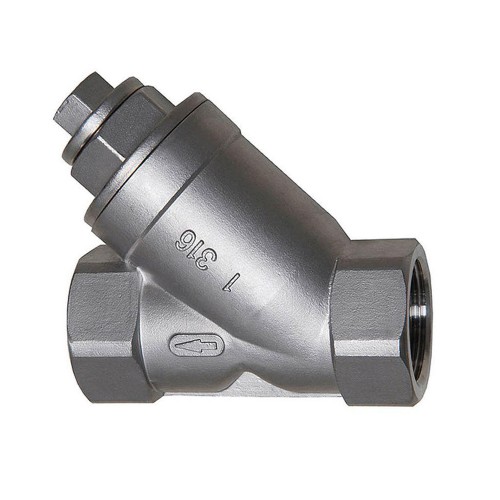Foot Valve Considerations for Efficient Dosing Pump Operation and Performance Enhancement
Understanding Foot Valve Dosing Pumps
Foot valve dosing pumps play a crucial role in various industries, providing precise control over the transfer of liquids. These pumps are designed to ensure the consistent and accurate dosing of chemicals and other liquids, making them essential for applications ranging from water treatment to agriculture. In this article, we will delve into the functionality, advantages, and applications of foot valve dosing pumps.
What is a Foot Valve Dosing Pump?
A foot valve dosing pump is a type of positive displacement pump that incorporates a foot valve in its design. The foot valve is installed at the bottom of the suction line and serves the purpose of maintaining the pump's prime by preventing backflow of the liquid. This design ensures that the pump can efficiently and effectively deliver a predetermined amount of liquid on each stroke, making it ideal for applications where precise dosing is critical.
How Does it Work?
The operation of a foot valve dosing pump is straightforward yet effective. When the pump is activated, it creates a vacuum that draws the liquid from the source through the foot valve. The foot valve opens to allow liquid flow while simultaneously closing to prevent backflow when the pump is not in use. As the pump cycles, the liquid is compressed and forced through the discharge line, delivering it to the desired location.
This mechanism allows for accurate dosing since the pump's stroke volume can be calibrated according to the specific requirements of the application. As a result, users can achieve consistent and repeatable results, ensuring that the correct amount of liquid is delivered every time.
Advantages of Foot Valve Dosing Pumps
The benefits of using foot valve dosing pumps are numerous
1. Precision These pumps are designed to deliver exact doses, making them ideal for applications that require consistency and accuracy. 2. Reliability The inclusion of a foot valve helps maintain the pump's prime, ensuring continuous operation without interruptions.
foot valve dosing pump

3. Versatility Foot valve dosing pumps can handle a variety of liquids, including viscous materials and chemicals, making them applicable in multiple industries.
4. Easy Maintenance Most foot valve dosing pumps are designed for ease of access, allowing for simple maintenance and minimal downtime.
5. Cost-Effectiveness By minimizing waste and ensuring precise dosing, these pumps can help reduce operational costs over time.
Applications of Foot Valve Dosing Pumps
Foot valve dosing pumps are utilized across various sectors
- Water Treatment In municipal water systems, these pumps are used to add chemicals like chlorine or coagulants to ensure safe and clean drinking water. - Agriculture Farmers use dosing pumps to apply fertilizers and pesticides accurately, helping to enhance crop yield and reduce environmental impact.
- Chemical Processing In industries that require the precise mixing of chemicals, foot valve dosing pumps provide reliable performance for consistent product quality.
- Food and Beverage These pumps are also used in the food industry for adding ingredients and ensuring hygiene standards are met during production.
Conclusion
Foot valve dosing pumps are indispensable tools in many industrial applications, thanks to their precision and reliability. By understanding their function and advantages, industries can leverage these pumps to improve efficiency, reduce costs, and ensure high-quality outcomes in their operations. With ongoing advancements in pump technology, we can expect even greater efficiency and performance from foot valve dosing pumps in the future.
-
The Key to Fluid Control: Exploring the Advantages of Ball Valves in Industrial SystemsNewsJul.09,2025
-
The Versatile World of 1, 2, and 3 Piece Ball ValvesNewsJul.09,2025
-
Stainless Steel Ball Valves: The Ideal Choice for Efficient Flow ControlNewsJul.09,2025
-
Optimizing Fluid Control with Ball Float ValvesNewsJul.09,2025
-
Manual Gate Valves: Essential for Control and EfficiencyNewsJul.09,2025
-
Everything You Need to Know About Butterfly ValvesNewsJul.09,2025
-
The Versatility of Wafer Type Butterfly ValvesNewsJul.08,2025




